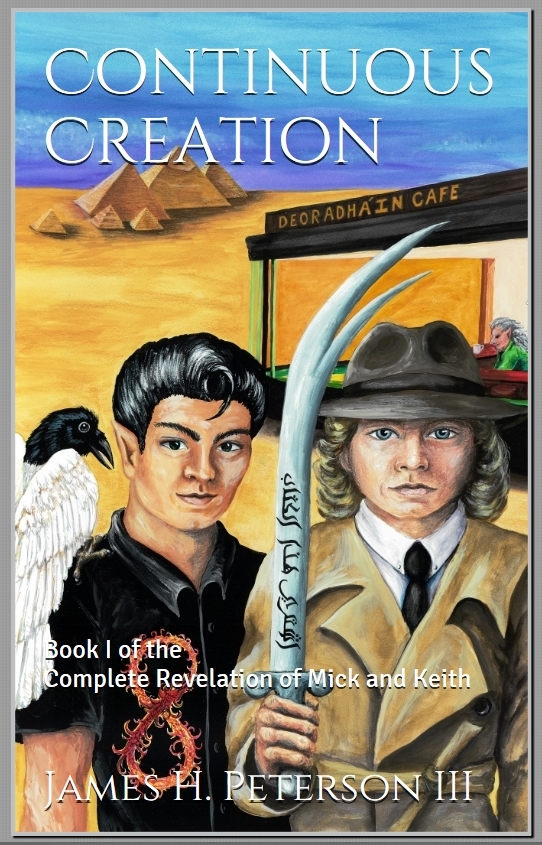“Castle in the Sky” is a 1986 film film produced Studio Ghibli. Somehow I missed this movie. But having corrected that problem, I wholeheartedly endorse seeing it. In it’s own way, the movie is rather like “Howl’s Moving Castle.”
The Influences section of the Wiki entry is well worth noting:
Influences[edit]
The name ‘Laputa’ is derived from Jonathan Swift‘s novel Gulliver’s Travels, wherein Swift’s Laputa is also a flying island controlled by its citizens. Anthony Lioi feels that Miyazaki’s Laputa: Castle in the Sky is similar to Swift’s Laputa, where the technological superiority of the castle in the sky is used for political ends.[3]
Laputa is credited by Colonel Muska with having informed Biblical and Hindu legends — thus tying the world of Laputa to our Earth (and to western European civilization) — as do the medieval castle architecture on the ground; the Gothic and half-timbered buildings in the village near the fort; the Welsh mining-town architecture, clothing, and ground vehicles of Pazu’s homeland; and the Victorian ambiance of the pirate ship. The anime also makes references to the Hindu epic Ramayana, including “Indra‘s arrow”, while the name Sheeta may be a reference to Sita, the female lead in the Ramayana.[4]
Some of the architecture seen in the film was inspired by a Welsh mining town. Miyazaki first visited Wales in 1984 and witnessed the miners’ strike firsthand. He returned to the country in 1986 to prepare for Laputa, which he said reflected his Welsh experience: “I was in Wales just after the miners’ strike. I really admired the way the miners’ unions fought to the very end for their jobs and communities, and I wanted to reflect the strength of those communities in my film.”[5] Miyazaki told The Guardian, “I admired those men, I admired the way they battled to save their way of life, just as the coal miners in Japan did. Many people of my generation see the miners as a symbol; a dying breed of fighting men. Now they are gone.”[6]













